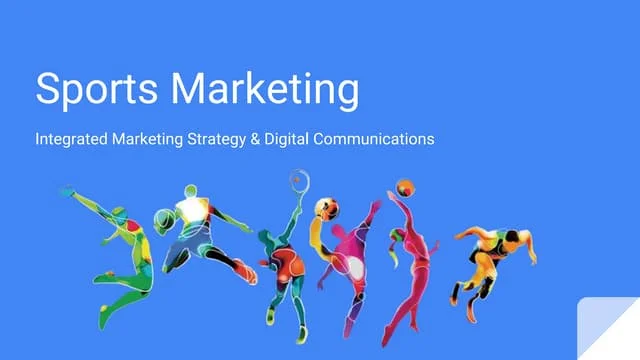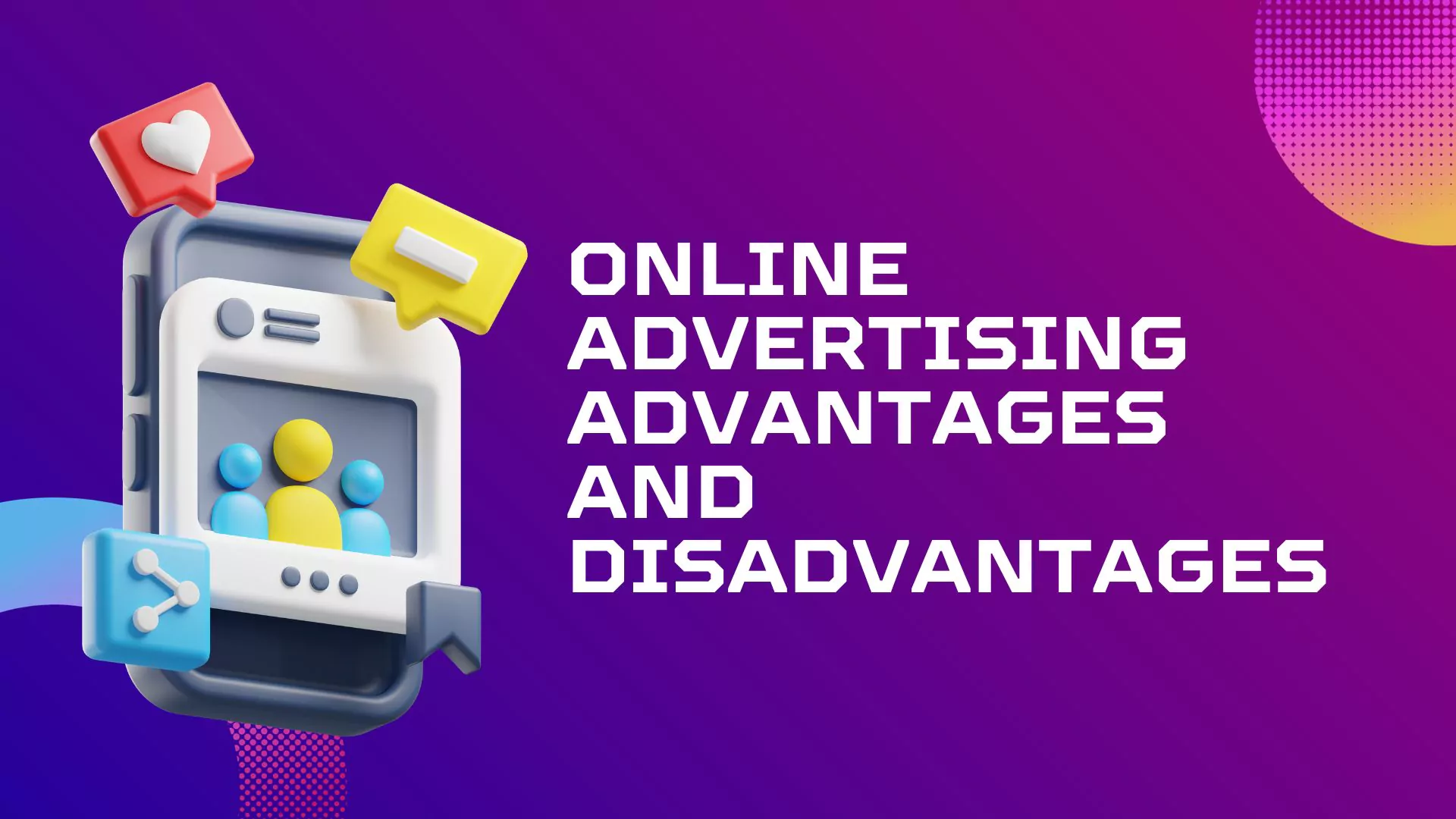Sports Marketing vs. Other Industry
Marketing is an essential element for any business, as it helps create awareness and drive engagement for products and services. However, marketing approaches vary significantly across different industries. In this article, we’ll explore the unique aspects of sports marketing compared to other industry marketing and highlight the additional elements that make sports marketing distinct. As an expert ad agency, MyHoardings brings you these insights to better understand the landscape.
Sports Marketing: A Unique Industry
Sports marketing stands out as it blends traditional marketing strategies with the excitement and passion of sports. The primary goal of sports marketing is to enhance brand awareness and connect with the target audience through the energy of sports events and athletes. By leveraging the widespread appeal of sports, marketers aim to forge a strong emotional bond between the brand and consumers, capitalizing on their passion for sports.

Key Differences Between Sports Marketing and Other Industry Marketing
1. Experiential Focus: Sports marketing emphasizes creating memorable experiences for fans and building a connection with them, whereas other industries often concentrate on directly selling products or services.
2. Diverse Audience: The target audience for sports marketing is broad and diverse, making it challenging to communicate with all segments using a single message. In contrast, other industries typically have a more defined and narrow target audience, allowing for a more targeted approach.
3. Seasonality: Sports marketing activities are largely seasonal, aligning with sports seasons. This necessitates precise planning and execution within specific time frames. Conversely, marketing campaigns in other industries are generally more consistent and ongoing throughout the year.
Additional Elements in Sports Marketing
1. Sponsorship: Sponsorships are integral to sport marketing, as sports events and athletes attract large audiences. Brands often sponsor events, teams, and athletes to increase visibility and reach their target audience effectively.
2. Activation: Sports marketers often enhance their sponsorships by creating engaging on-ground experiences for fans, such as product demonstrations, interactive games, and meet-and-greet sessions with athletes. These activations aim to engage fans and leave a lasting impression.
3. Content Marketing: Using a variety of content, including videos, articles, and social media posts, sports marketers build a strong emotional connection with fans and keep them engaged with the brand.
4. Influencer Marketing: Collaborating with popular athletes and influencers helps sports marketers reach a wider audience. These partnerships can include product endorsements, social media campaigns, and special events.
5. Event Marketing: Sports events, such as matches and tournaments, are crucial components of sports marketing. These events provide opportunities to create immersive experiences for fans and promote products effectively.

Conclusion
It is a vibrant and specialized field that offers unique opportunities to connect with a passionate and diverse audience. By understanding the differences between sports and other industry marketing, brands can tailor their strategies to maximize impact. At MyHoardings, we specialize in creating tailored strategies that leverage the excitement and engagement of sports to drive brand success. Whether you’re looking to sponsor an event, collaborate with athletes, or create immersive fan experiences, we’re here to help you every step of the way.
For more insights and tailored solutions, contact MyHoardings today.
India’s TOP Sports Associations and Events |



